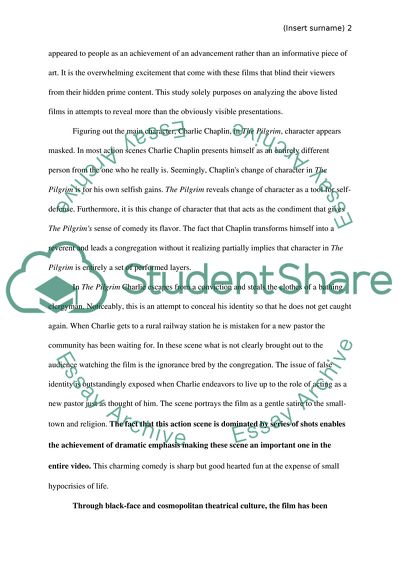Cite this document
(Charli Chaplin Selected Films' Analysis Movie Review Example | Topics and Well Written Essays - 1500 words - 1, n.d.)
Charli Chaplin Selected Films' Analysis Movie Review Example | Topics and Well Written Essays - 1500 words - 1. https://studentshare.org/visual-arts-film-studies/1849468-no-title
Charli Chaplin Selected Films' Analysis Movie Review Example | Topics and Well Written Essays - 1500 words - 1. https://studentshare.org/visual-arts-film-studies/1849468-no-title
(Charli Chaplin Selected Films' Analysis Movie Review Example | Topics and Well Written Essays - 1500 Words - 1)
Charli Chaplin Selected Films' Analysis Movie Review Example | Topics and Well Written Essays - 1500 Words - 1. https://studentshare.org/visual-arts-film-studies/1849468-no-title.
Charli Chaplin Selected Films' Analysis Movie Review Example | Topics and Well Written Essays - 1500 Words - 1. https://studentshare.org/visual-arts-film-studies/1849468-no-title.
“Charli Chaplin Selected Films' Analysis Movie Review Example | Topics and Well Written Essays - 1500 Words - 1”. https://studentshare.org/visual-arts-film-studies/1849468-no-title.


